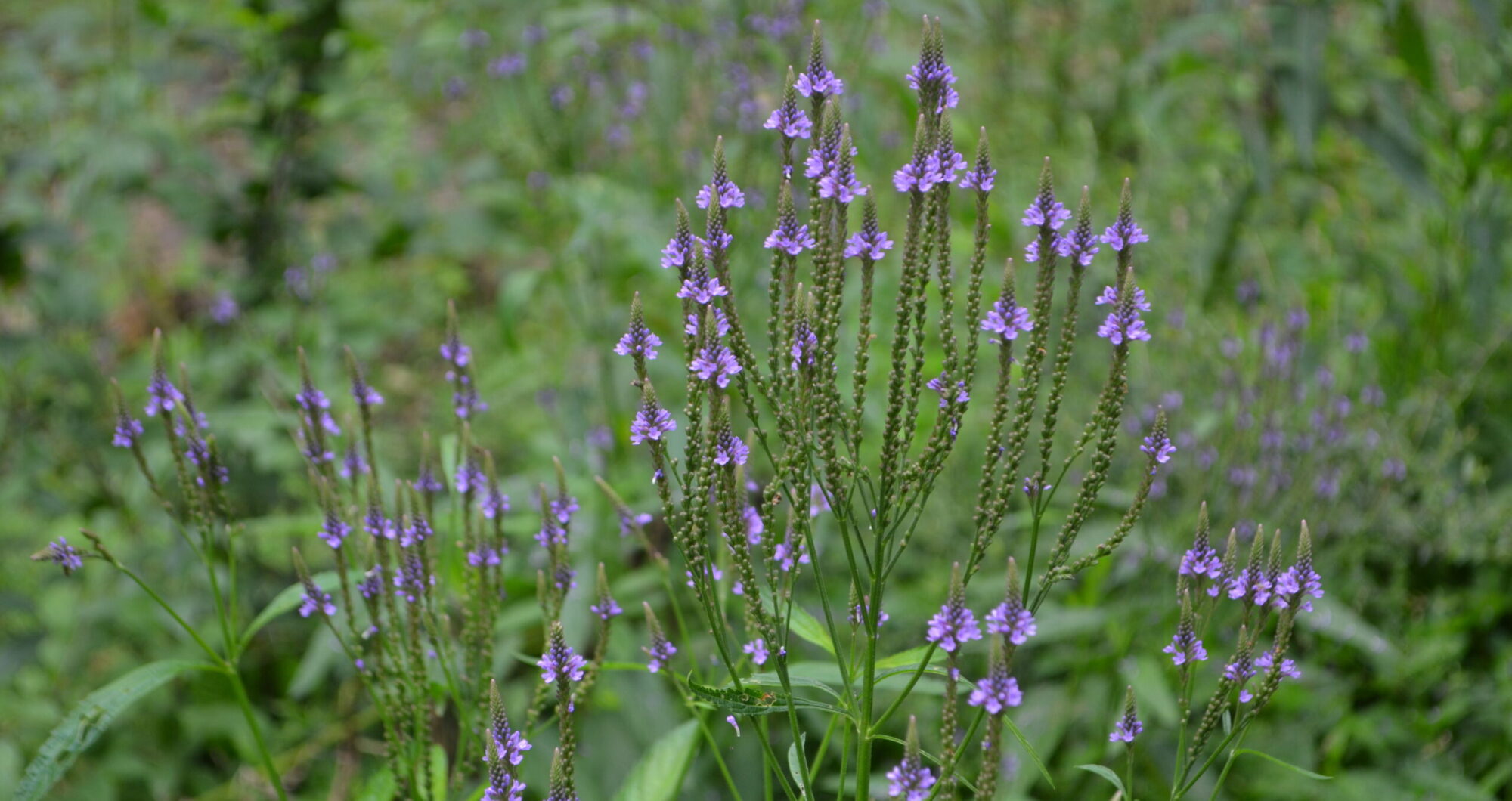I went to a very interesting exhibit at the Center for Hmong Studies. Lee Pao Xiong, executive director for the center told me that the exhibit is about looking at Hmong History through Textiles. He went on to say how the hand production of hemp cloth has been an integral part of traditional Hmong culture from birth to burial. While I was familiar with some of the finer elements of Hmong embroidery–including paj ntaub and story clothes (I did my college honors project on these) the exhibit got me thinking about how much what we wear says about us.
Examples of Hmong embroidery.
Detail of embroidery.
I have been known to knit, crochet, sew, embroider and once tate. It is a very worthwhile and calming experience and it is such a sense of accomplishment when you finish a project.
Hmong tradition dictates that a mother make 2 of these handmade skirts of each of their daughters–one to be married in and one to be buried in. If you factor in the process to make the cloth, dye the cloth (including some batik) and embroider it it can take 1 year or more to make one skirt. I wrote in an article about these pieces that they were a visible manifestation of a mother’s love and devotion. While machine made clothes are faster and cheaper they loose the art, love and devotion required to produce these works of art.
I suggested that the Center host a 1 year challenge asking young people to come together and encourage each other in the process of learning an old art.
The really wonderful thing about art is once learned you can make it your own. Here is a picture of a couture evening dress on display at the Center. Using very traditional elements it becomes an all new art form. It has me thinking about projects I would like to work on this winter season. More to come.



